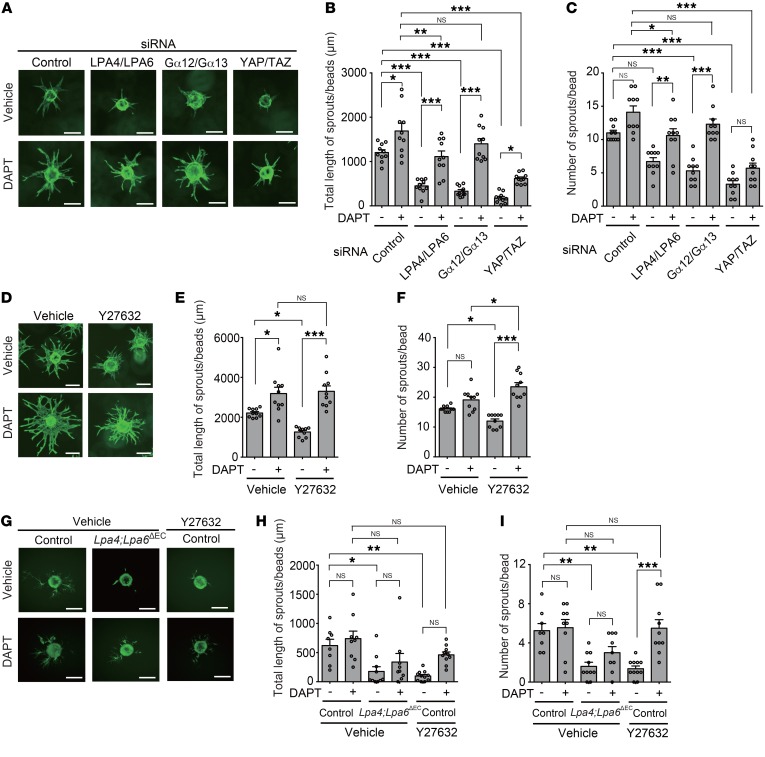Figure 8. Impairment of EC sprouting by LPA4/LPA6–Gα12/Gα13–YAP/TAZ signaling blockade is ameliorated by a Notch inhibitor.
(A–C) LPA4/LPA6, Gα12/Gα13, or YAP/TAZ siRNAs consistently suppressed the length and number of sprouts from the HUVEC-coated beads. DAPT (1 μM) significantly ameliorated the sprouting defects. Representative fluorescence images of sprouting are shown in A. Scale bars: 100 μm. Quantitative analyses of total length (B) and number (C) of sprouts were performed. Data are mean ± SEM (n = 10 beads). (D–F) Y27632 (10 μM) suppressed the length and number of sprouts from the HUVEC-coated beads. DAPT (1 μM) significantly ameliorated the sprouting defects. Representative fluorescence images of sprouting are shown in D. Scale bars: 100 μm. Quantitative analyses of length (E) and number (F) of sprouts were performed. Data are mean ± SEM (n = 10 beads). (G–I) LPA4/LPA6 deficiency or Y27632 (10 μM) treatment suppressed the length and number of sprouts from mouse lung EC-coated beads. DAPT (10 μM) significantly ameliorated the sprouting defects. Representative fluorescence images of sprouting are shown in G. Scale bars: 100 μm. Quantitative analyses of total length (H) and number (I) of sprouts were performed. Data are mean ± SEM (n = 8–11 beads). ECs are stained green with calcein. *P < 0.05, **P < 0.01, ***P < 0.001, 1-way ANOVA followed by Tukey’s multiple-comparisons test.

